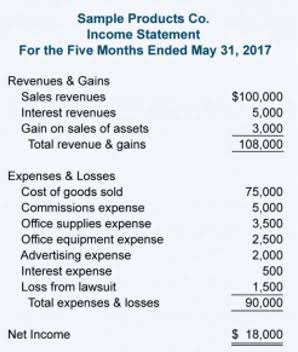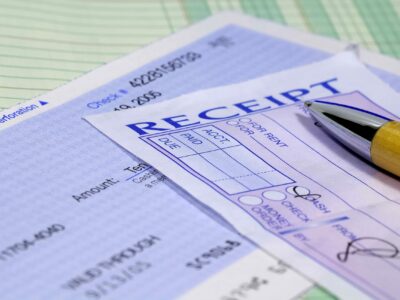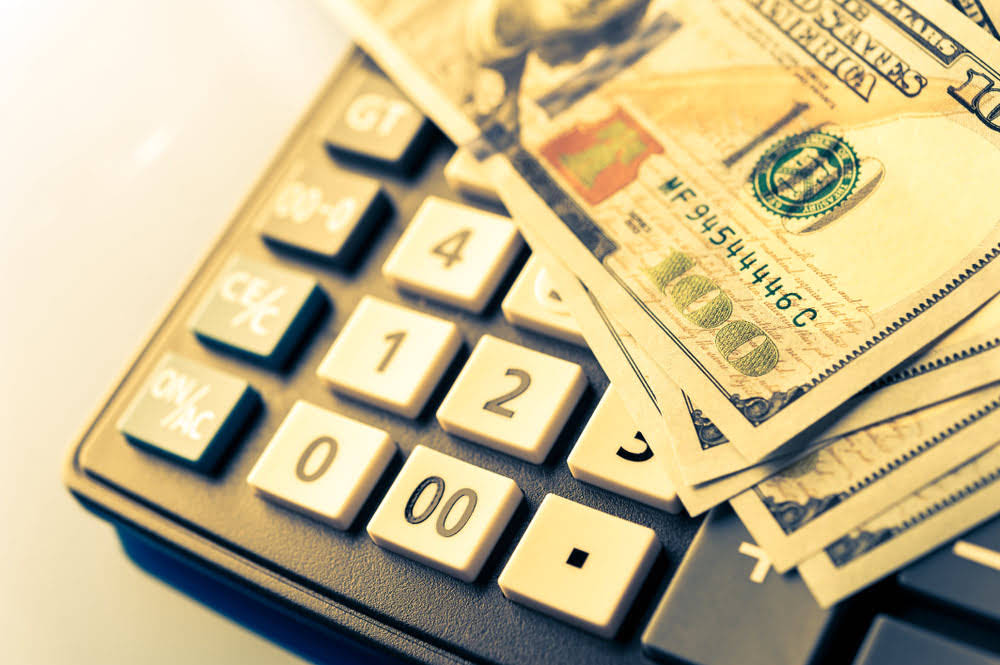How To Calculate Equity On Balance Sheet

They are calculated by dividing one metric by another, such as a company’s share price by its earnings per share. The owner’s equity is recorded on the balance sheet at the end of the accounting period of normal balance the business. It is obtained by deducting the total liabilities from the total assets.
- Analysts typically adjust their valuations based on company-specific risks.
- This equation is the basis for the balance sheet, which summarizes a company’s financial position at a specific point in time.
- This financial statement lists everything a company owns and all of its debt.
- X, as it’s been renamed, offers a real-world example of how ownership changes, operational upheavals, and market sentiment can greatly affect a private company’s valuation.
- Notice how Anne & Company sold Anne’s mom a special kind of stock called preferred stock.
Why Do Private Company Valuations Differ?
This is the same figure reported lower on the balance sheet, under shareholder equity. In this example, Apple’s total assets of $323.8 billion is segregated towards the top of the report. This asset section is broken into current assets and non-current assets, and each of these categories is broken into more specific accounts. A brief review of Apple’s assets shows that their cash on hand decreased, yet their non-current assets increased. In short, the balance sheet is a financial statement that provides a snapshot of what a company owns and owes, as well as the amount invested by shareholders. Balance sheets can be used with other important financial statements to conduct fundamental analysis or calculate financial ratios.
What is Equity in Business? How to Calculate Equity in Business?
- The initial funds you or others invest in your company help lay the foundation for your business’s equity.
- Yes, total equity can change due to various factors, including profits, losses, dividends, asset revaluation, or issuance/repurchase of shares.
- On the other hand, consistent dividend payments can attract those seeking immediate income.
- Long-term liabilities are obligations that are due for repayment over periods longer than one year.
- Prolonged negative equity often points to insolvency and makes the company a high-risk investment.
- Dividends might be paid with debt instruments or even physical assets in exceptional cases.
Cash and cash equivalents are not invested in the business and do not represent the core assets of a business. A section on these securities can also be found in the 10K report. The dilutive effect of these securities can be calculated using the treasury stock method. To calculate the diluted shares outstanding, add the additional number of shares created due to the dilutive effect of securities on the basic securities outstanding. In the initial phases of a start-up business, equity is typically low or even negative. This is because start-up businesses often require significant investments and may incur losses Bookkeeping for Etsy Sellers before becoming profitable.
How Do You Calculate Business Equity?
Also known as owner’s capital, it refers to the portion of the company how to calculate equity in business that is owned outright by the founders. This includes the initial investment made by the founders, plus any earnings that have been reinvested in the business. This is when a company’s equity value is based on the fair market value of net assets owned by the company. This method is most often used for entities with a going concern since this approach looks at outstanding liabilities in determining the net asset value. Analysts must also consider how expensive it would be for the company to raise money—its cost of capital. Private companies, however, often face higher borrowing costs and have fewer financing options.

Small business equity and how to calculate it

Shareholder equity can also be expressed as a company’s share capital and retained earnings less the value of treasury shares. Though both methods yield the exact figure, the use of total assets and total liabilities is more illustrative of a company’s financial health. Assets are a company’s resources, like cash, accounts receivable, or inventory. Liabilities include any debts the company owes, like loans, accounts payable, or payroll. A company’s assets and liabilities will be listed on its balance sheet, and once you subtract the liabilities from the assets, you’ll have shareholder equity.


While owner’s equity refers to sole proprietorships and partnerships, shareholders’ equity almost always relates to businesses with multiple shareholders. In these cases, several investors have a stake in the company — meaning the business owner does not have 100% equity ownership. Equity measures the amount of money that would be returned to shareholders if the business liquidated its assets and paid off its liabilities. Examples of assets include accounts receivable, cash, real estate, and patents, while liabilities include any debts owed to other institutions or individuals. To calculate ROE, divide the company’s net income by its average shareholders’ equity. Because shareholders’ equity is equal to assets minus liabilities, ROE is essentially a measure of the return generated on the net assets of the company.
- Shareholder’s equity, also known as stockholders’ equity or shareholders’ equity, represents the residual interest in the assets of a company after deducting liabilities.
- A return on equity that widely changes from one period to the next may also be an indicator of inconsistent use of accounting methods.
- If the company ever needs to be liquidated, SE is the amount of money that would be returned to these owners after all other debts are satisfied.
- Only “accredited” investors, those with a net worth of at least $1 million, can take part in private equity or venture capital partnerships.
- Shareholder equity is one of the important numbers embedded in the financial reports of public companies that can help investors come to a sound conclusion about the real value of a company.

This essentially tells us the net worth of the company from the perspective of its shareholders. Equity can be beneficial for a company as it provides capital without the burden of debt repayment. However, it also means sharing ownership and potentially diluting control.
